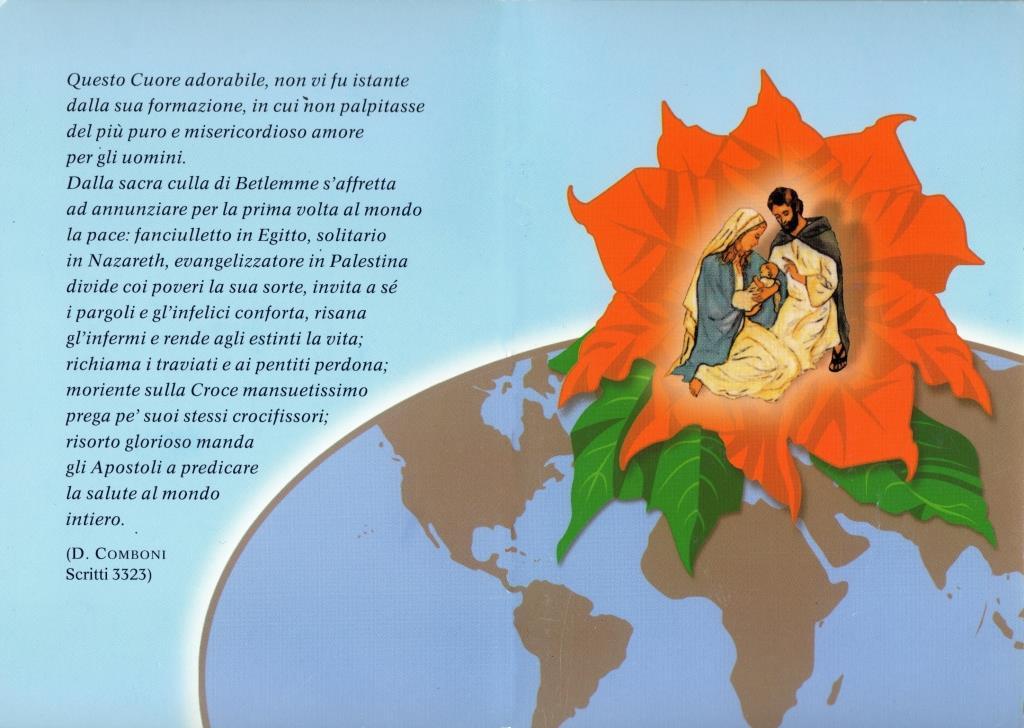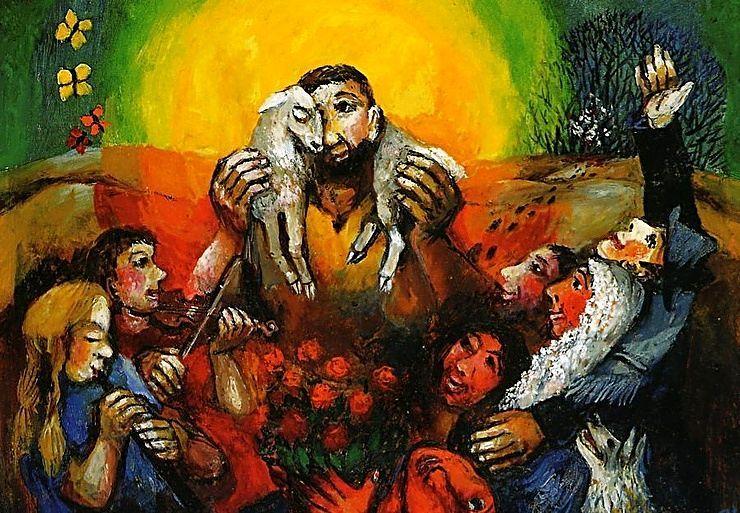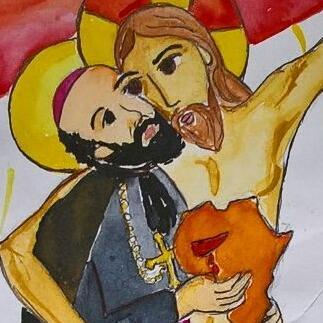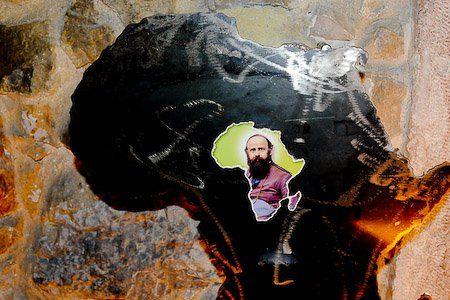Daniel Comboni
Comboni Missionaries
Institutional area
Other links
Newsletter
Tuesday, May 9, 2017
Fr. Carmelo Casile, an Italian Comboni missionary ordained a priest in 1964, has some decades of experience in the formation of young candidates to the Comboni missionary life and in the ongoing formation of confreres who are nearing, or are already into, the 50-70 age bracket. He was a formator of novices and scholastics in Italy, Portugal and Peru. He is currently in charge of ongoing formation at the general curia in Rome, Italy. Following this vast experience our missionary has prepared a series of eleven reflections on “Models that Inspire Community in the Rule of Life.”
 Father Carmelo Casile [in the picture, on the left], 78 years old, explains:
Father Carmelo Casile [in the picture, on the left], 78 years old, explains:
“Most of these reflections were born during my service as formator of the novices in Peru starting in 985. Later I reviewed and updated them while in Rome, starting in 1995 and finally after the General Chapter of 2015 between September and December. My personal contribution is simply the search for those elements that could help me in elaborating some reflections to be used in basic and in ongoing formation.”
In attachment, we make these reflections – in Italian – available to all our missionaries and in particular to those in charge of formation. It could also happen that they may still be useful to some, after the 2015 General Chapter, to help them start a deeper reflection in a climate of brotherly sharing.
Models that Inspire the Community
in the Rule of Life
In a Christian environment, the term “model” is used to mean a way of living the Christian life that becomes visible, expresses itself in postures, gestures, and concrete ways of living and acting. In this sense it becomes a word – not spoken, but acted out – that expresses the Gospel and its historic fruitfulness, thus becoming an example for all.
In our Rule of Life we can see various models of community life that find a reference in the spiritual journey of St. Daniel Comboni himself and that are highlighted in order to animate the Comboni community: The Trinity is the origin and first model of the community; then we find the Nazareth community, the community of Jesus with the Twelve, the community of the Cenacle, the community of Jerusalem. These models are the foundation of the “Cenacle of Apostles” proposed by St. Daniel Comboni and, after Vatican II, they come back to life in the Institute of Daniel Comboni that was changed into a religious Congregation in 1885. The term “model” can be made clearer and deeper if it is connected to the term “Icon,” from the Greek eikôn, namely image.
The Icon originated in the Oriental Church, where there is a true cult of it, because it is considered a manifestation of the divine. It is a sacred image depicted with the intention of fostering the interpretation of the Mystery being portrayed and of eliciting an attitude of prayer and contemplation. “For us the icon is the occasion for a personal encounter, in the grace of the Spirit, with the one who is portrayed. The more the faithful looks at the icon, the more he remembers the one who is shown and the more will he try to imitate him.”
The Bible is full of icons, namely of facts, persons, images expressed with words from where originate rays of the Mystery of God that reach out to us, are impressed in our hearts andbecome for us the inspirational models of a particular way of life.
These models or Icons that we are dealing with here are interdependent and together they enlighten and inspire the life of the MCCJ Institute of today, born from the “Cenacle of Apostles” according to the inspiration of Daniel Comboni.
The eleven themes of reflection
1. The Trinity, principle and model of community life;
2. The Trinity, principle and model in the life and work of St. Daniel Comboni;
3. The community of Nazareth and the Comboni community;
4. The Listening Virgin and the Comboni missionary;
5. The community of Jesus with the Twelve and the Comboni community;
6. The Cenacle of Apostles;
7. The community of Jerusalem and the Comboni community;
8. The Comboni community and the “Cenacle of Apostles” of Daniel Comboni
9. The Virgin Mary as Teacher in the journey of reconciliation within the Comboni missionary community;
10. Animating the community, a duty for all;
11. Community and Mission.
1_La_Trinità_principio_e_modello
2_La_Comunità_Trinitaria_in_Comboni
3_La_comunità_di_Nazaret
4_La_Vergine_dell’Ascolto
5_La_Comunità_di_Gesù_con_i_Dodici
6_Il_Cenacolo_degli_Apostoli
7_La_comunità_di_Gerusalemme
8_La_comunità_comboniana_e_il_Cenacolo
9_La_Vergine_Maria_Maestra_di_Riconciliazione
10_Animazione_della_comunità_compito_di_tutti
11_Comunità_e_missione_Ragioni_della_vita_comunitaria_nella_RV





